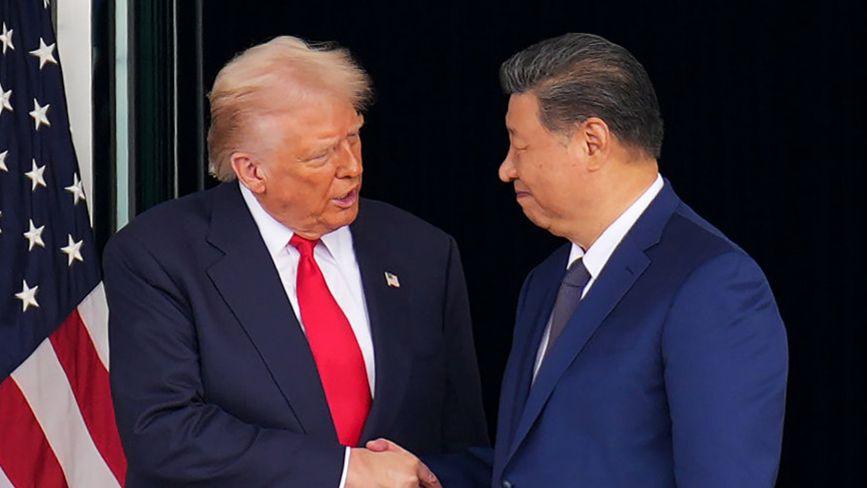U.S. President Donald Trump’s five-day tour of East Asia blended lavish receptions, billion-dollar deals, and a tense finale with Chinese President Xi Jinping. The trip, spanning Malaysia, Japan, and South Korea, underscored Trump’s trademark blend of diplomacy and showmanship though it also exposed the limits of his power when facing Beijing.
In Malaysia, Trump secured access to critical minerals and advanced trade discussions with Southeast Asian partners. He also presided over a treaty aimed at easing long-standing border tensions between Thailand and Cambodia an achievement he proudly labeled a “peace deal.”
Japan rolled out a red, white, and blue welcome, complete with Tokyo Tower illuminated in U.S. colors and a golden tribute. Prime Minister Sanai Takaichi announced $550 billion in Japanese investments in the United States and gifted Trump memorabilia belonging to the late Shinzo Abe. Takaichi even joined the growing list of global leaders nominating Trump for the Nobel Peace Prize.
South Korea followed with a 21-gun salute and a ceremonial medal presentation by President Lee Jae Myung. Trump’s visit culminated in an agreement that would see Seoul pay $200 billion in investments directed by the U.S. government, in exchange for reduced tariffs on exports to America.
However, the tour’s climax a face-to-face meeting with Xi Jinping in Busan offered a stark contrast. Gone were the ceremonies and fanfare; the leaders met across a plain white negotiating table. The atmosphere was tense, reflecting the high stakes as Trump sought trade concessions and tighter Chinese controls on fentanyl-related exports.
Unlike other nations that courted Trump’s favor, China met his tariff threats with defiance. The Busan meeting laid bare the delicate balance between Trump’s personal diplomacy and the geopolitical realities of U.S.-China rivalry a fitting finale to a tour defined by both grandeur and gravity.

